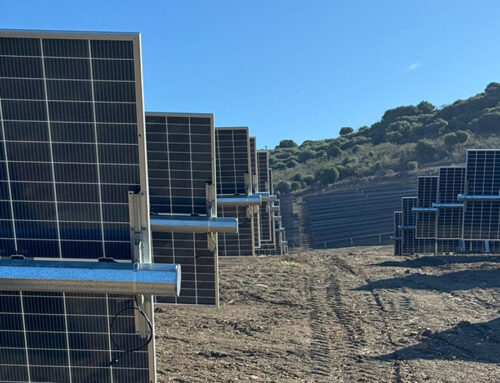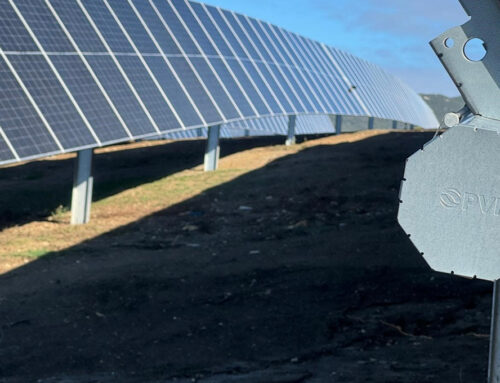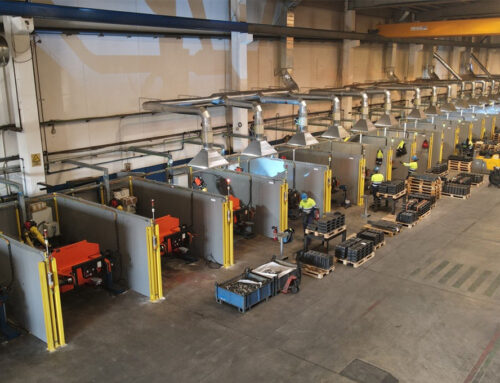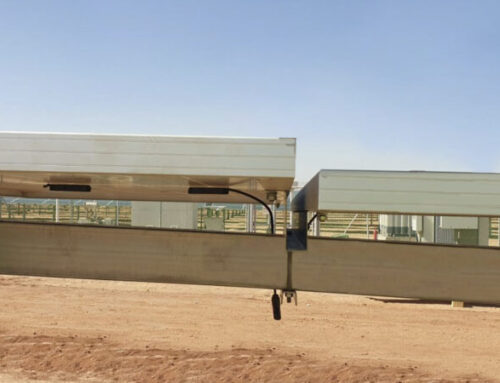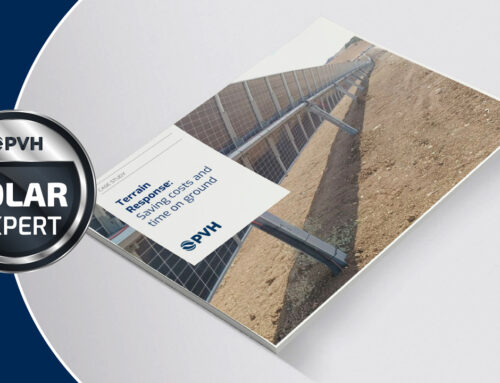PVH structures resist against Hurricane Florence in North Carolina (USA)
28/09/2018
IS31 solar photovoltaic plant in North Carolina (USA)
Photovoltaic plant IS31 and its solar structure succeeding in resisting this brutal natural phenomena, thanks to the strength of solar trackers Monoline by PVH and to the strict wind tunnel testing conducted.
September 28, 2018. PVH structures and trackers have proven strong enough to resist against a natural disaster such as Hurricane Florence, which caused many fatalities in September in the Carolina states (USA).
The IS31 photovoltaic plant, located in North Carolina, has a capacity of 43.2 MWp and uses Monoline single axis solar trackers by PVH. Hurricane Florence reached Category 4 strength in the same area, with estimated maximum sustained winds of 140 mph, causing the tragic death of at least 45 persons and $38 billion in damage. Under these circumstances, an incident at the IS31 plant could have also been very dangerous and disastrous, but thanks to the solid structure of PVH’s trackers it turned out to be the opposite: all workers in the plant are safe, and energy production has not been interrupted.
PVH has always taken safety and reliability very seriously for its products, and has performed strict wind tunnel testings in universities in Ontario and Madrid for years. As a result, PVH structures are prepared for minimizing aeroelastic instability incidents known as “fluttering”, which are more likely to occur when the wind is strong, and to withstand natural phenomena such as this one.
In addition, PVH’s engineers always analyze the terrain and climatology of each area in depth, in order to adapt the foundations and materials to the needs of each solar plant. Taking all this into account, and despite the inevitable concern caused by a natural disaster like this, PVH’s personnel always had full confidence in the resistance of the IS31 plant and its structure, and knew that the energy production would not be affected. Furthermore, the maintenance costs caused by this event have been minimal, and workers have safely resumed activity.
A typhoon in the Philippines
In the Philippines, the Typhoon Mangkhut (also known as Typhoon Ompong) has been even more devastating this same month. It caused its main damage in the northern part of the country, but it could also be felt at the Leyte photovoltaic plant, where PVH provided fixed tilt structure. Everybody working in this plant is also safe, and the solar structure has not suffered any damage. It is not the first time that the Leyte plant has faced this kind of adversities, because the typhoon season takes place every year in the Philippines around this time, to a greater or lesser extent.
Structures and trackers by PVH are capable of adapting to the most complicated locations and overcoming extreme conditions, offering efficient and profitable long-term solutions for every situation. From strong winds, and damp and saline environments, to the sand, dust and high temperatures of the desert.


